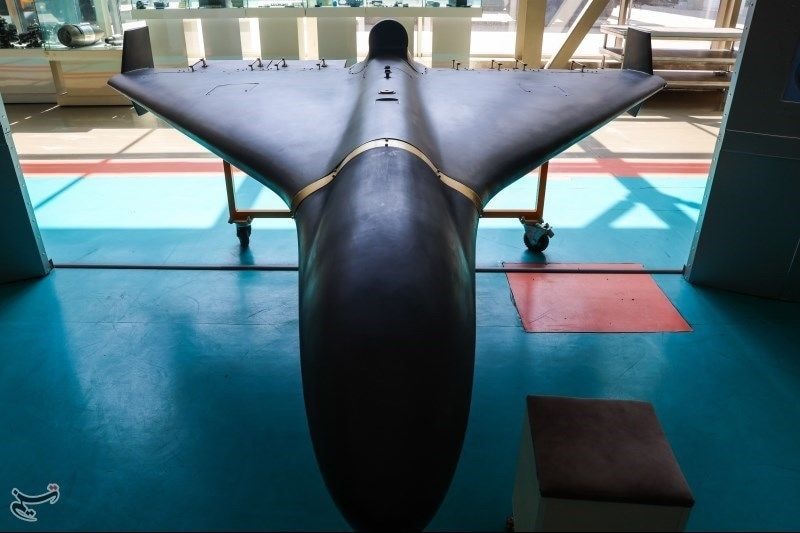Moscow-installed head of occupied Crimea, Sergey Aksyonov, claimed on June 6 that the peninsula's water reservoirs were "about 80% full" following Russia's destruction of the Kakhovka hydroelectric plant supplying Crimea with water.
Aksyonov said there was no threat of flooding on the peninsula, but a 400-kilometer-long North Crimean Canal, linking occupied Crimea with the Dnipro River, might lose some water.
The canal currently holds about 40 million cubic meters of water, according to the Russian proxy. Aksyonov added the peninsula allegedly had "more than enough" drinking water supplies.
Several hours after the June 6 Kakhovka dam explosion, Ukraine's Presidential Office head Andrii Yermak reported that the water supply infrastructure of the occupied Crimea had been destroyed.
Earlier, he said that Russia's move could leave residents of Crimea and the southern part of Kherson Oblast without drinking water.
Ukraine's Southern Operational Command reported early on June 6 that Russian forces blew up the Kakhovka Hydroelectric Power Plant.
Russian occupation authorities in Kherson Oblast initially denied the destruction, later saying that only "the upper part of the power plant" was damaged, blaming it on Ukraine's attack.
However, Ukraine’s military intelligence reported Russia having mined the plant twice last year, warning about the threat of the dam’s destruction.
President Volodymyr Zelensky said destroying the dam from the outside was impossible, reiterating that it had been mined by Russian forces.
The Kakhovka Hydroelectric Power Plant has been occupied by Russian troops since the first days of Moscow's full-scale invasion in February 2022.










